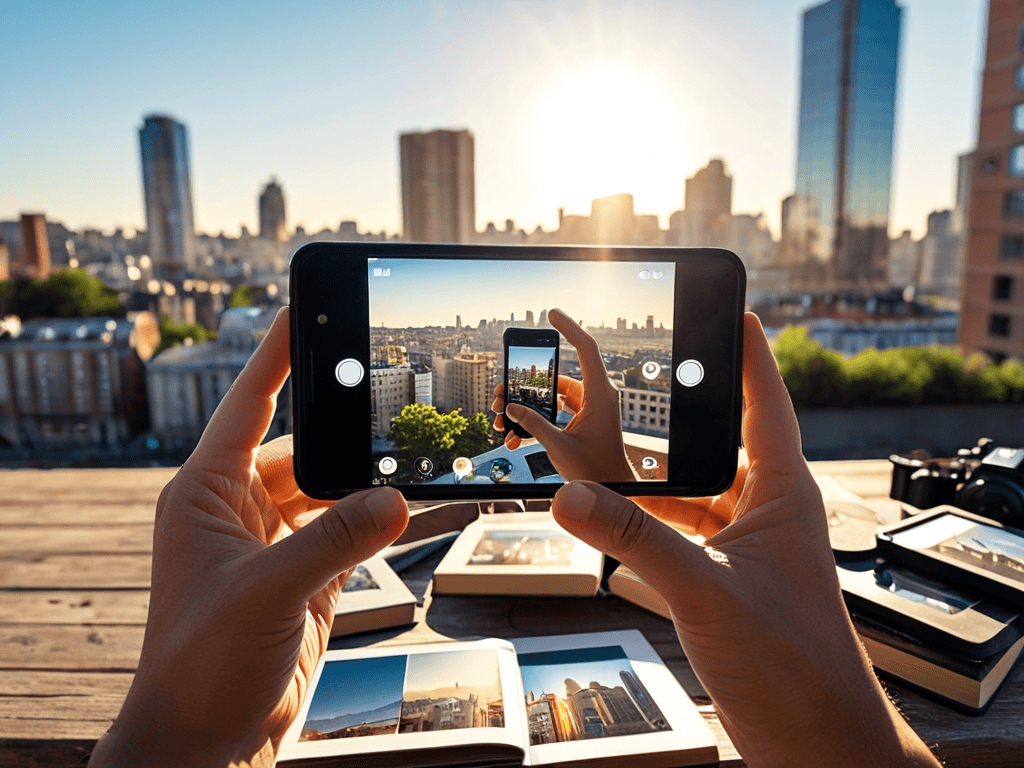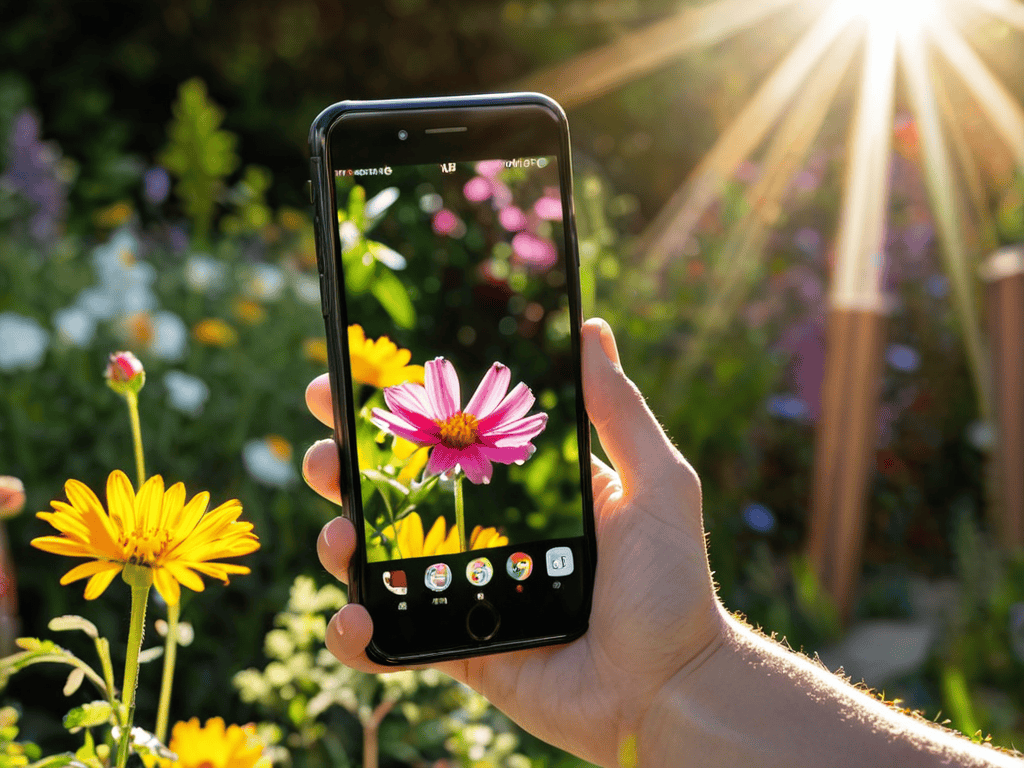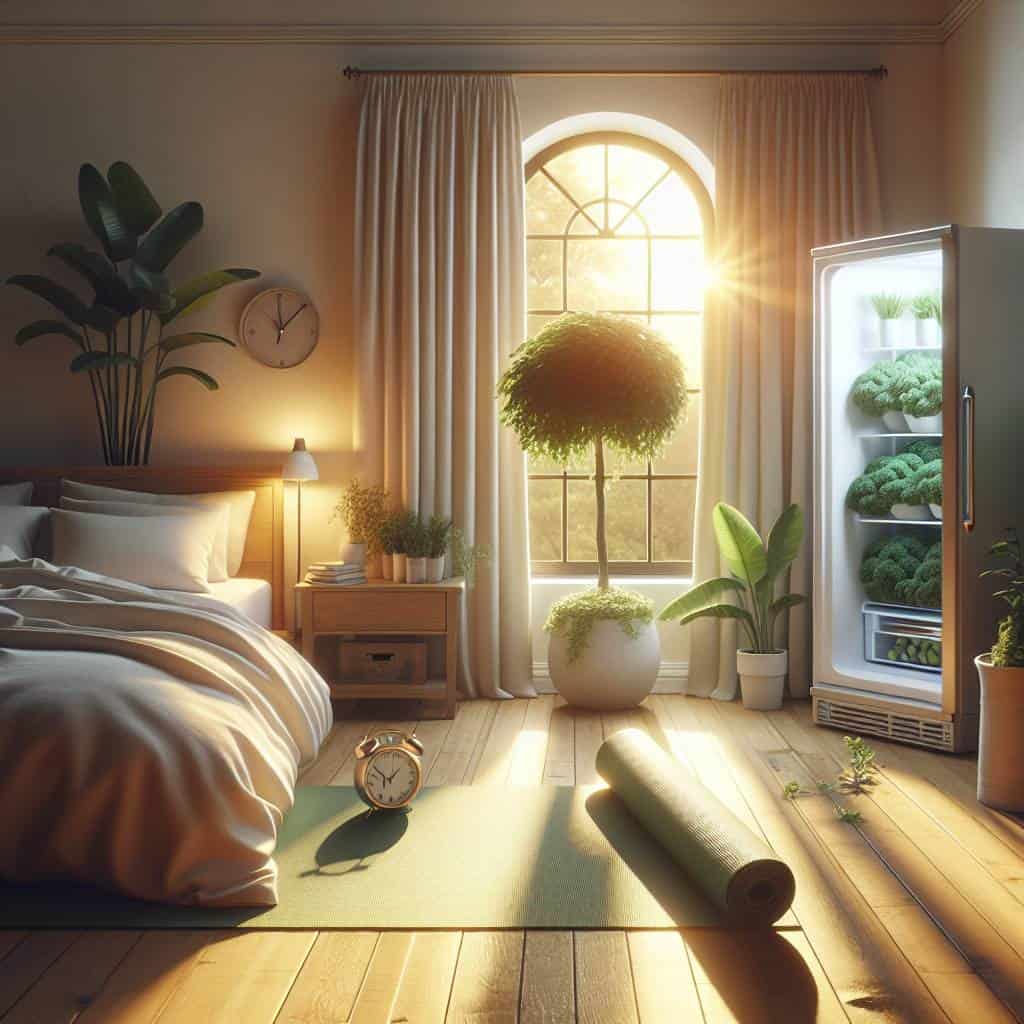I still remember the day I realized that taking stunning photos with my smartphone wasn’t just about having the latest model, but about understanding the art of _capturing light_. I was on a hike, trying to freeze the breathtaking view of the sunset, but my photos looked dull and uninspiring. That’s when I discovered the secret to how to take better photos with your smartphone: it’s not just about the device, but about the person behind it. As someone who’s passionate about photography, I’ve learned that with a few simple tricks and techniques, you can unlock your smartphone’s hidden camera genius and start taking photos that tell a story.
In this article, I’ll share my personal favorites for how to take better photos with your smartphone, from mastering the basics of composition to experimenting with creative editing techniques. You won’t find any fancy gear or complicated jargon here, just honest, no-hype advice on how to make the most of your smartphone’s camera. Whether you’re a beginner looking to improve your snapshots or an avid photographer seeking new inspiration, I invite you to join me on this journey to discover the full potential of your smartphone’s camera and start _framing the world, one snap at a time_.
Table of Contents
- Guide Overview: What You'll Need
- Step-by-Step Instructions
- Unleash Smartphone Photography
- Snap Like a Pro: 5 Essential Tips to Elevate Your Smartphone Photography
- Key Takeaways for Smartphone Photography
- Capturing Life's Moments with Clarity
- Capturing Life's Moments with Clarity
- Frequently Asked Questions
Guide Overview: What You'll Need

Total Time: 1 hour 30 minutes
Estimated Cost: $0 – $20
Difficulty Level: Easy
Tools Required
- Smartphone (with a good camera)
- Tripod (optional)
- External Lens (optional)
Supplies & Materials
- Cleaning Cloth for cleaning the camera lens
- Reflector (can be a piece of white paper or a dedicated reflector)
Step-by-Step Instructions
- 1. First, let’s talk about understanding your smartphone’s camera. To take better photos, you need to know what you’re working with. Take some time to explore your camera’s settings and features. Most smartphones have a range of modes, from portrait to landscape, and often include additional features like HDR or low-light enhancement. Familiarize yourself with these options to discover what works best for different scenarios.
- 2. Next, consider the rule of thirds. When composing your shot, imagine your screen is divided into thirds both horizontally and vertically, creating nine equal parts. Place your subject along one of these lines or at their intersections to create a more balanced and visually appealing photo. This simple technique can elevate your photos from snapshots to thoughtful compositions.
- 3. Now, let’s focus on lighting, which is one of the most critical factors in photography. Natural light is always your best friend, so try to take photos near a window or outside during the golden hour—the hour just before sunset when the light is soft and warm. Avoid harsh midday sun, as it can create unflattering shadows and highlights.
- 4. The background of your photo is just as important as the subject. A cluttered or distracting background can detract from your main focus. Learn to use the depth of field to your advantage by blurring the background (if your smartphone allows it) or physically moving to a location with a simpler, more complementary backdrop.
- 5. To add some creative flair to your photos, experiment with different angles and perspectives. Don’t be afraid to get low or climb high to capture a unique view. This can turn an ordinary scene into something extraordinary. Remember, the goal is to tell a story or evoke an emotion with your photo, so think about what perspective best conveys your message.
- 6. Editing is an art form in itself, and while it’s tempting to over-edit, the key is to enhance your photo subtly. Most smartphones come with built-in editing software, or you can download third-party apps. Adjust the brightness, contrast, and saturation to bring out the best in your image, but be cautious not to overdo it. The goal is to make your photo look natural and authentic.
- 7. Finally, practice makes perfect. The more you use your smartphone’s camera, the more comfortable you’ll become with its capabilities and limitations. Don’t be discouraged if your early attempts don’t turn out as expected. Keep snapping, and you’ll soon develop an eye for what works and what doesn’t. Consider keeping a photo journal or dedicating a day each week to photography, challenging yourself to try new techniques and styles.
Unleash Smartphone Photography

As I continue to explore the world of smartphone photography, I’ve come across a plethora of resources that have helped me refine my skills, and I’m excited to share one of my favorites with you. When it comes to understanding the nuances of lighting, I’ve found that natural light experimentation is key, and there’s no better way to learn than by trying out new techniques in different environments. For instance, if you’re looking for inspiration or want to learn from others who are passionate about photography, you might enjoy browsing through the work of photographers who specialize in capturing the beauty of urban landscapes, such as those found on the website of Putas de Bilbao, which offers a fascinating glimpse into the city’s vibrant culture and nightlife, and can be a great starting point for exploring new perspectives and ideas to elevate your own mobile photography game.
As I delve into the world of mobile photography, I find myself pondering the age-old debate between Plato and Aristotle on the nature of reality and how it relates to capturing life’s moments. While cooking dinner the other night, I imagined them discussing the merits of low light mobile photography techniques, with Plato arguing that the true essence of a scene lies in its underlying forms, and Aristotle countering that the details, no matter how subtle, are what bring a photograph to life. This whimsical debate inspired me to explore the smartphone camera hacks that can help us better capture the world around us.
In my quest for knowledge, I’ve discovered that investing in the best smartphone photography accessories can make a significant difference in the quality of our photos. From lenses to tripods, these tools can help us tap into the full potential of our mobile devices. I’ve also been experimenting with composition rules for mobile photography, learning how to balance elements within a frame to create visually striking images. By applying these principles, we can transform our smartphone snapshots into works of art that tell stories and evoke emotions.
As I continue to explore the realm of mobile photography, I’m excited to dive into the world of smartphone photo editing software. With the right tools and techniques, we can enhance our photos, correcting for imperfections and amplifying the mood and atmosphere of a scene. By mastering these skills, we can unlock the full creative potential of our smartphones and capture the world in a way that’s both authentic and beautiful. Whether we’re shooting in bright sunlight or low light conditions, the key to taking stunning photos lies in understanding the advanced smartphone camera settings and using them to our advantage.
Framing Life With Smartphone Camera Hacks
As I experiment with smartphone photography, I often imagine a debate between Ansel Adams and Albert Einstein on the art of capturing light. Adams would argue for the precision of manual settings, while Einstein would counter with the beauty of simplicity and instinct. This whimsical debate inspires me to explore the creative possibilities of smartphone cameras. By leveraging the device’s capabilities, such as HDR and portrait mode, we can frame life’s moments with stunning clarity.
With a few simple hacks, like using the rule of thirds or playing with reflections, we can add depth and visual interest to our photos. I love how a well-crafted shot can evoke a sense of wonder, much like the thrill of discovering a rare vintage encyclopedia in a dusty library. By embracing the unique strengths of smartphone cameras, we can uncover new ways to tell stories and preserve memories, one snap at a time.
Mastering Mobile Photography Tips for Beginners
As I delve into the world of mobile photography, I’m reminded of a whimsical debate I once imagined between Ansel Adams and Albert Einstein – what if they discussed the intersection of art and science in capturing the perfect shot? For beginners, mastering mobile photography starts with understanding the basics of lighting and composition. Natural light, for instance, can elevate a simple snapshot into a stunning work of art. I recall a time when I experimented with taking photos near a window, and the results were nothing short of magical.
By experimenting with different angles, playing with reflections, and leveraging the power of negative space, you can transform your smartphone into a powerful tool for creative expression. Remember, the key to mastering mobile photography is to keep it simple, yet intentional – don’t be afraid to get creative and try new things!
Snap Like a Pro: 5 Essential Tips to Elevate Your Smartphone Photography
- Let natural light be your best friend – try to take photos near a window or outside during the golden hour for a warm, captivating glow
- Experiment with angles and perspectives – don’t be afraid to get low or climb high to add some drama to your shots
- Pay attention to the rule of thirds – mentally divide your screen into thirds and place interesting elements along those lines for a more balanced composition
- Play with focus and depth of field – use your smartphone’s portrait mode or tap to focus on a specific subject to create a sense of intimacy and blur the background
- Edit with restraint – use your phone’s built-in editing tools or a third-party app to enhance the colors and contrast of your photo, but avoid over-processing for a more authentic look
Key Takeaways for Smartphone Photography
Natural light is your best friend when it comes to taking stunning smartphone photos, so try to snap those pics near a window or outside during the golden hour for a warm, sun-kissed glow
Experimenting with different angles and perspectives can add a creative twist to your mobile photography, from capturing unique reflections to playing with unusual vantage points
Practicing mindful photography, where you slow down and truly observe your subject, can help you uncover hidden gems and tell more compelling stories through your smartphone snapshots
Capturing Life's Moments with Clarity

The art of taking breathtaking photos with your smartphone lies not in the device itself, but in the way you see the world – with curiosity, with patience, and with a willingness to frame the ordinary into something extraordinary.
Lane Levy
Capturing Life's Moments with Clarity
As we’ve explored the world of smartphone photography, it’s clear that taking better photos is within reach for anyone. From mastering the basics of lighting and composition to unleashing your creativity with various camera hacks, the key to improving your photography skills lies in practice and experimentation. By applying the fundamental principles of photography, such as understanding your smartphone’s camera capabilities and using the right editing tools, you can significantly enhance the quality of your photos. Whether you’re a beginner or an experienced photographer, the journey to capturing stunning images is a continuous learning process.
As you continue to frame life’s precious moments through your smartphone lens, remember that the true beauty of photography lies not just in the technical aspects, but in the stories you tell. Every photo is an opportunity to convey emotion, spark imagination, and preserve memories. So, keep snapping, experimenting, and pushing the boundaries of what your smartphone camera can do. With time and patience, you’ll develop a unique voice and style that will make your photos truly unforgettable, inspiring others to see the world from your perspective.
Frequently Asked Questions
What are some common mistakes to avoid when taking photos with a smartphone?
The rookie mistakes that can ruin an otherwise perfect snap! Let’s avoid those pesky photobombs, overexposure, and blurry shots. I’ve found that a gentle touch, a steady hand, and a quick glance at the lighting can make all the difference. And, of course, beware of those unwanted fingers in the frame – it’s a pet peeve of mine!
How can I effectively use lighting to enhance my smartphone photography?
Lighting is everything in smartphone photography. I swear by natural light – try snapping near a window or outside during the golden hour for a warm, soft glow that elevates your pics from basic to breathtaking.
Are there any specific smartphone camera settings or features that I should be using to take better photos?
Let’s dive into the nitty-gritty of smartphone camera settings. I’m a big fan of playing with the HDR feature, which brings out the best in contrasting lights and darks. And don’t even get me started on the magic of portrait mode – it’s a total game-changer for capturing stunning, professional-looking shots with a beautifully blurred background.



